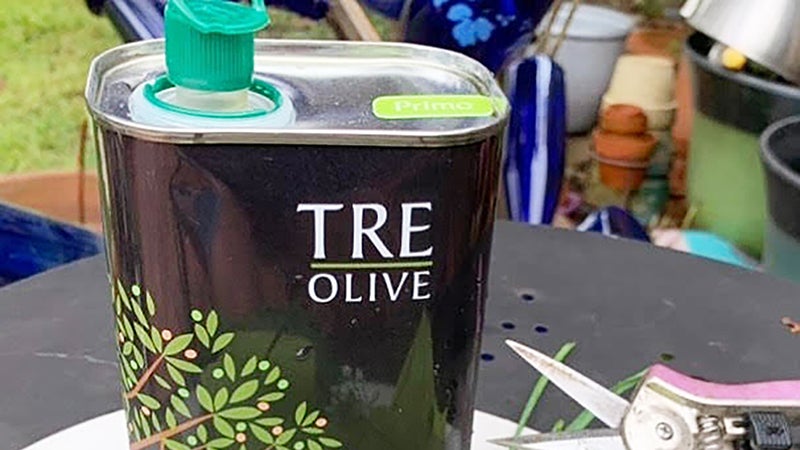OUT IN THE YARD — Carrots common companion plant for tomatoes
Published 12:02 am Friday, November 1, 2019
About 3 weeks ago we planted several tomato plants in some very large pots that we found on the side of the road. These 30-gallon pots had medium sized trees in them so they have lots of extra room with only one tomato plant in them. Carrots are a common companion plant for tomatoes so we planted seeds around the edge of the pot. They germinated right before the heavy rain we had so they did not get washed away. We will see how they progress in the next couple months.
Carrots originated in Persia and were harvested for their leaves and seeds since wild carrots are very woody and bitter. They were eventually bred and domesticated in Europe and Asia to be less woody, taste better, and have larger or longer taproot. Parsley, cilantro, dill and anise are close relatives, and have a small white taproot. They are still grown for their leaves and seeds. True carrots range in color from white, yellow, shades of purple and the common orange. Their color varies more than their flavor and usually can only be noticed when eaten raw.
Carrot seeds were found dating back to 2000 BC. The first edible carrots are mentioned in Persian history around 900 BC and were purple and yellow. Persian carrots stayed with the purple, yellow and white varieties. European carrots were white and purple. Variants in the 1500s resulted in the first orange ones. Carrot seeds have been used for medicinal purposes for hundreds of years. In medieval times carrots became associated with rabbits and were linked to fertility and given to a bride for good luck.
There are two cultivars, eastern and western. Eastern ones originated in Persia and usually are longer, skinnier, and vary in colors. There are many middle eastern recipes mentioning spicy cooked carrots. Western ones originated in the Netherlands and are shorter ranging from 1- inch ball to 6 inches in length. They developed for the shorter growing cycle of northern Europe. There are two stories to the development of the orange carrot. One story states the it is a variant of the purple carrots since some purple carrots are orange on the inside. Genetic studies show that the Netherlands growers picked the darker yellow ones, and variations created the orange color. There is a myth that the western orange carrots were developed to commemorate the royal Dutch House of Orange and the struggle for independence. Good story, but little to really back it up.
Another good story, I found, was a false link to good eyesight and carrots. The British government let out rumors that carrots improved night vision of their pilots during WWII and that was leaked the Germans to mislead them. The story was created to hide the fact they had made incredible advances in their radar systems leading to better success. Carrots do help your eyesight but only if you already deficient in vitamin A. Carrots are good for you and have vitamins such as B6, K and beta-carotene.
Any questions can be directed to Micah Leigh, mkleigh64@gmail.com Jefferson County Master Gardener, or Texas A &M Agrilife Extension, 409-835-8461.






